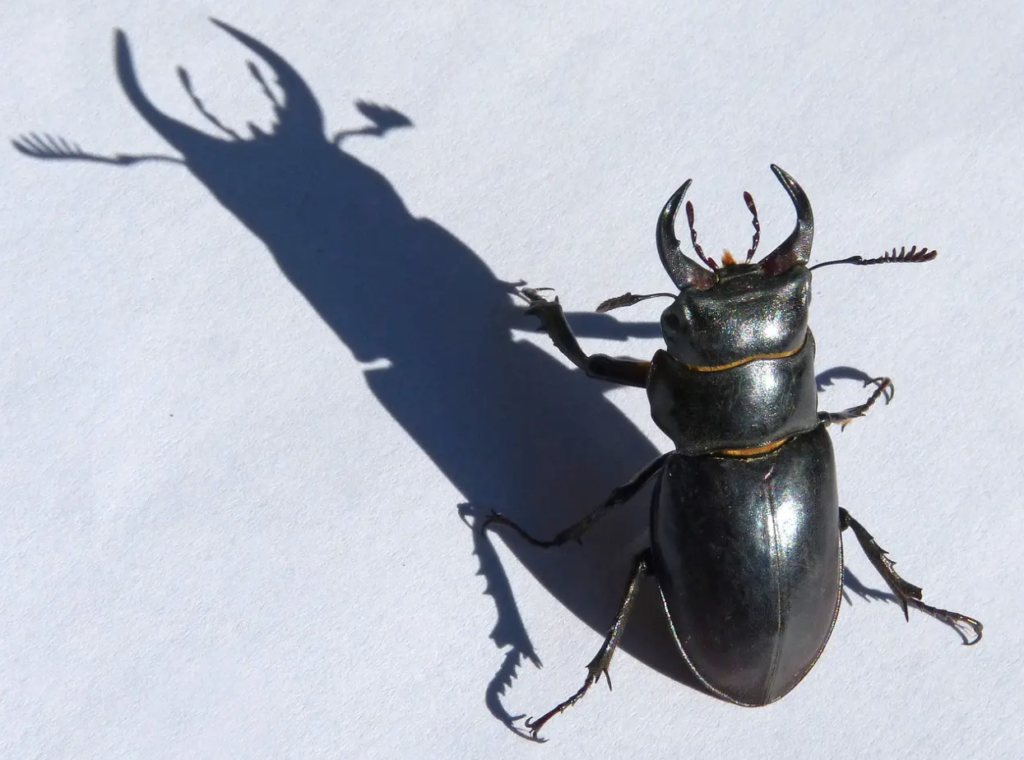Over 71,000 vertebrate and insect species from every continent analyzed
(sustainabilityenvironment.com) – Almost half (48%) of the animal species of the Planet is in decline, while just 3% has a growing population. An erosion of biodiversity that touches all corners of the planet. This was calculated by a study of the Queen’s University of Belfast, Northern Ireland, for which researchers analyzed 70 thousand animal species and determined the rate of defaunation.
Measuring the amount of defaunation
A more realistic picture of the ongoing loss of biological diversity can be obtained by measuring defaunation, or the progressive loss of consistency of animal populations, as opposed to more widely used techniques like indicators of endangered species.
read also WWF Biodiversity Risk Filter for companies and financial institutions
“The extinctions are preceded by a progressive decline in populations over time, which leaves demographic “footprints” able to alert us on the trajectories of species towards extinction – the authors argue – Therefore, an exclusive attention to the categories of conservation IUCN [the largest global association for the conservation of nature, ed], without considering the dynamic trends of the populations, can underestimate the real extent of the ongoing extinction processes in nature”.
Global imbalances
One approach does not replace the other: on the contrary, taken together they help to better understand the contours of the ecological crisis in which we find ourselves. According to the researchers, in fact, there are some important overlaps between the dynamics of defaunation emerged from the study and the areas where the concentration of species at risk is known. The greatest declines in animal populations tend to concentrate precisely in the tropical areas, where the presence of species that are part of the IUCN red list is greater. While stable species – 49% of the total – and increasing ones are mainly found in temperate bands. Even more significant is the fact that 33% of the species that the IUCN classifies as “not at risk” have, however, a well-established defaunation process.

